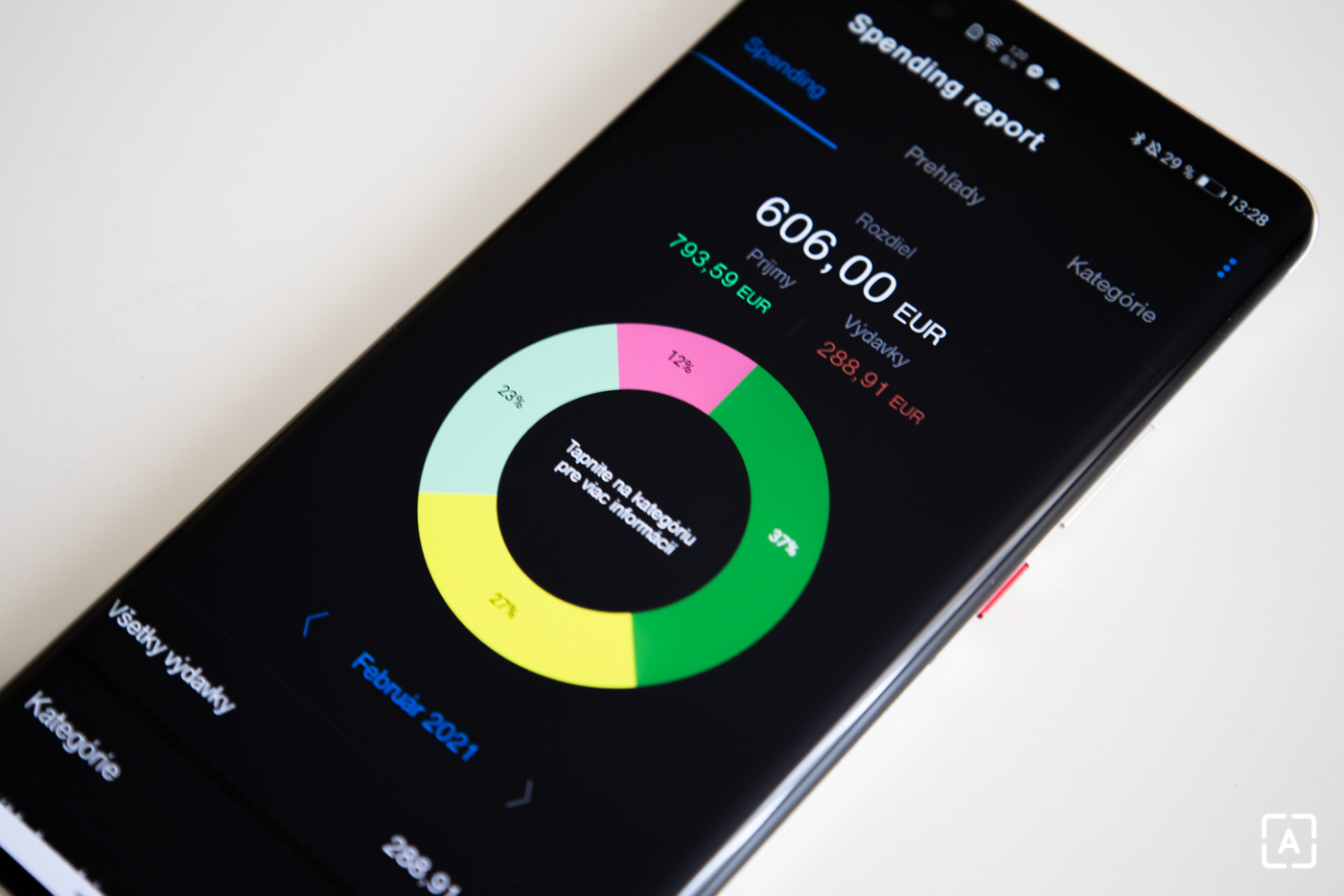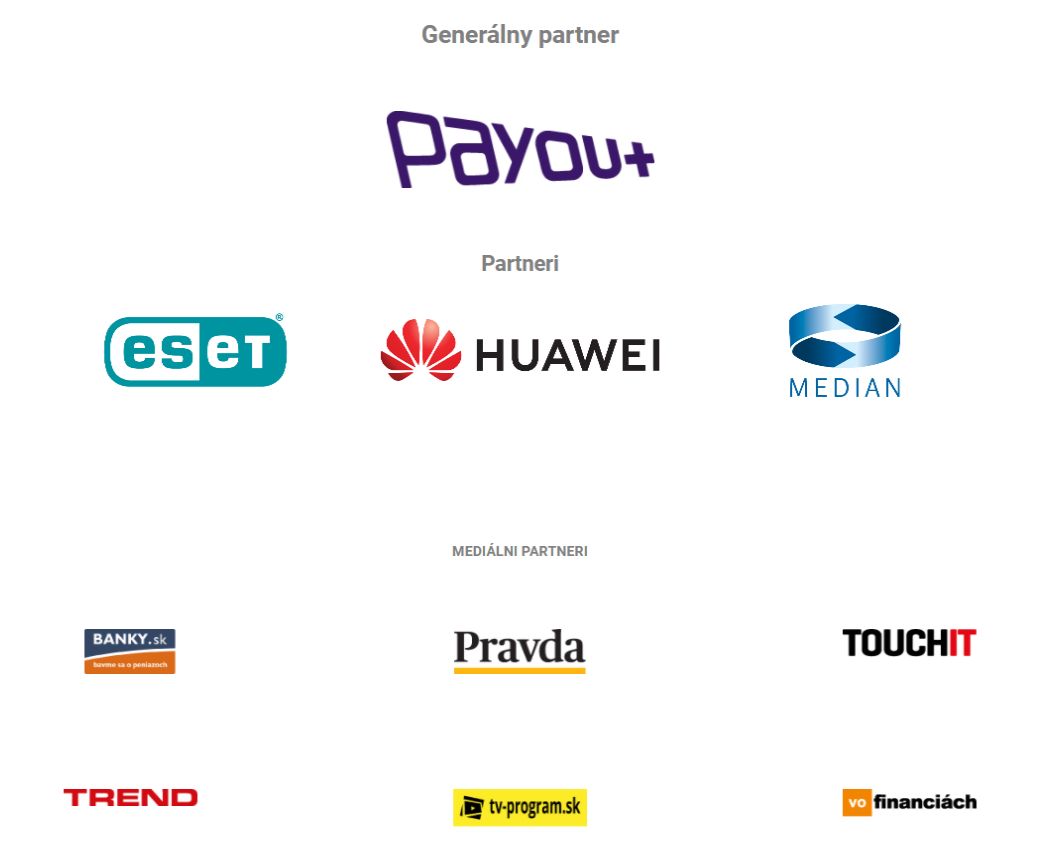How do we become financially literate thanks to banking applications?
Literacy is something without which man cannot exist today. The same goes for financial literacy. Whether we like it or not, we are not able to function normally without money. As part of this week’s topic for the Smart Bank 2020 survey, we therefore looked at how our banks help us with financial literacy.
In the Smart Bank survey, we focus on banking applications and their capabilities. Smart Bank 2020 is the sixth year of this popular poll. Based on the votes of readers, we evaluate the best banking applications according to their functions and features that they offer to their clients.
You should not miss:
So how do Slovak banks help us learn how to handle money? This is also the case, for example, in the application. In addition to finding useful tips on budgeting, financial planning, and more in the apps, some also offer “extra” features.
Contents
How do Slovak banks allow us to monitor the flow of money?
In principle, all banking applications can filter incoming and outgoing payments. SLSP for example, it also offers intelligent search, with which the client finds, for example, payments made in a specific retail chain and the like. UniCredit told us that the division of the payment report is simple and user-friendly in the application. ČSOB in turn, it offers a summary of expenses for the last calendar month, and the “Assumption of account balance” function is worth mentioning.
mBank It also offers detailed filters to search for specific transactions, and the advantage is the availability of a complete history, that is, only from the creation of the account. They also commented on this topic 365.bank a Tatra Bank.
Which banks offer the opportunity to categorize expenses?
Monitoring the flow of money in banks is a matter of course and every application can handle it with an overview. However, the categorization of expenditures is more of an “extra” function. Let’s take a look at how individual banks have it.
Tatra Bank offers a special feature called Spending report. The user’s expenses are automatically categorized into preset categories. The client can also create their own categories, or edit the preset ones. The Spending report also includes an overview of income and expenses for the selected period.


In the application mBank clients have a kind of “tachometer” available on the home screen, which informs them about current expenses and compares them with the previous period. Expense categorization is automatic, the client can edit the categories.
Are financial planning tools available in the applications of Slovak banks?
Slovak banks offer several functionalities for financial planning. They all try to educate clients in the field of finance so that they approach their savings correctly. They try to motivate clients to put money into a specific goal, they categorize their savings and so on. 365.bank has for people who save they don’t know, a savings called Syslenie that saves for them.
ČSOB the bank mentions that the functions “Assumption of account balance” and “Scheduled payments” will be used for clients’ financial planning. Customers Tatra bank they have the “Assets and Liabilities” functionality in the application, with which they have an overview of products. The Bank offers to open a savings account or investment savings in connection with financial planning.
It is furthest in this direction Slovenská sporiteľňa, which offers a tool called the “Financial Plan”. It serves to improve clients’ financial literacy and helps them to be well funded. A good financial plan covers 4 basic areas tailored to each client – savings, investing, insurance and pensions.
Payout, general partner of the Smart Bank 2020 survey
Do you provide a mobile application for your clients as a payment gateway? How is it possible to monitor the flow of money in it?
Payout provides a mobile application for its clients. The application offers an overview of financial movements on the Payout payment account. The user will find detailed information on all movements – income and expenses in the payment account.
The introductory graph informs about the account balance, the increase in the number and volume of transactions. Data is available for different time periods – last day, week, 2 weeks, quarter or year.
The application also offers a clear list of all movements with basic information such as: type and status of the transaction, date of creation, amount, payer’s name and the like.







